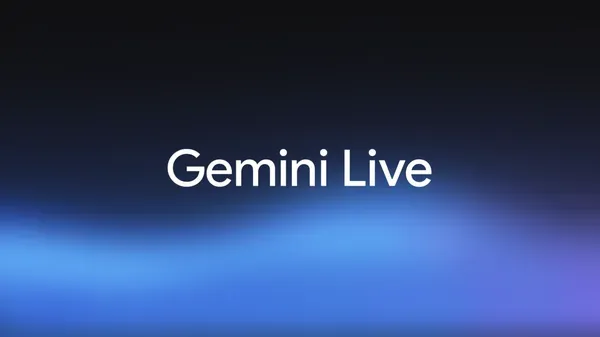Internet radio pioneer TuneIn just became the latest casualty of streaming's winner-take-all market. The company sold to Montreal-based Stingray Group for $175 million - a steep 65% discount from its $500 million valuation during the height of streaming optimism in 2017. With 75 million monthly listeners but struggling financials, TuneIn's fire sale signals broader challenges for traditional radio in the podcast and premium streaming era.
Stingray Group just picked up one of internet radio's original pioneers at a bargain-basement price. The Montreal-based music and technology company acquired TuneIn for $175 million - a figure that would have been impressive a decade ago but now represents a massive markdown from the company's 2017 peak valuation of around $500 million. TuneIn's fall from grace tells a broader story about how the streaming wars rewrote the rules of digital audio, leaving traditional radio streamers scrambling to find their place in a market dominated by on-demand music and podcasts. Founded in 2002, TuneIn was actually ahead of its time, creating a platform that let users stream traditional radio stations over the internet long before Spotify or Apple Music existed. While competitors chased the subscription model with ad-free, on-demand catalogs, TuneIn stuck to its roots - delivering live radio, news, talk shows, and sports broadcasts from thousands of stations worldwide. The company's approach seemed smart initially. Unlike music streamers that pay hefty licensing fees for every song, TuneIn could aggregate existing radio content and monetize through advertising and premium subscriptions. The model attracted serious investor attention, with the company raising $50 million in 2017 at that lofty $500 million valuation, according to Bloomberg reporting at the time. But the streaming landscape evolved faster than TuneIn could adapt. Consumers increasingly gravitated toward ad-free music subscriptions, willing to pay $10-15 monthly for unlimited access to millions of songs without commercial interruptions. Meanwhile, the talk radio audience that formed TuneIn's core demographic began migrating to podcasts, which offered on-demand convenience and niche content that traditional radio couldn't match. TuneIn tried to pivot, launching TuneIn Premium with audiobooks and ad-free channels, but the company never found the formula to compete with the scale and resources of tech giants like Apple, Google, and Spotify. The acquisition numbers tell the story of a company that maintained decent reach but struggled with monetization. TuneIn still boasts over 75 million monthly active listeners worldwide and maintains distribution across more than 200 platforms and connected devices, including over 50 in-car audio systems spanning 100+ countries. Yet the company's forecasted 2025 revenue of $110 million and adjusted EBITDA of just $30 million reflect the challenges of turning radio streaming into a profitable business at scale. For Stingray, the acquisition represents a strategic bet on TuneIn's distribution network and international presence. The Canadian company, which owns radio stations and provides music technology services, sees an opportunity to leverage TuneIn's device partnerships and global reach to expand its own offerings. Stingray expects the combined entity to generate over $400 million in annual revenue once the deal closes. The acquisition structure - $150 million upfront plus up to $25 million in earnouts - suggests Stingray is cautiously optimistic about TuneIn's potential while acknowledging the execution risks ahead. The deal, financed through Stingray's renewed credit facility, also reflects how consolidation is reshaping the audio streaming market as smaller players struggle to compete independently. Industry observers see TuneIn's sale as part of a broader reckoning in digital audio. While podcast platforms and music streaming services continue attracting massive investments, traditional radio streamers face an increasingly difficult path to growth. The shift toward on-demand content consumption has left live radio - even when streamed digitally - feeling somewhat antiquated to younger audiences who expect personalized, skip-able content experiences.












